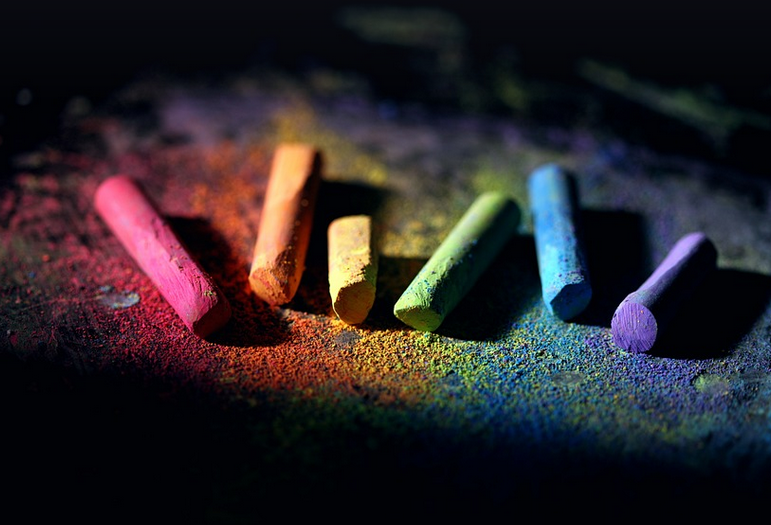
Unlock The Secrets Of Scientific Inquiry: Your Guide To The Scientific Process
Understanding the Science Behind Everything
Have you ever wondered how we unravel the mysteries of the universe? How scientists figure out answers to complex problems like climate change or cure for diseases? The answer lies in a systematic process called the scientific method, and understanding it is key to becoming a critical thinker and an engaged member of our scientific community.
This scientific process isn’t just some dusty textbook concept; it’s practically magic! It helps us bridge the gap between curiosity and knowledge, turning those “I wonder what…” moments into concrete insights. It’s a set of steps that guides us towards answers through careful observation, thoughtful analysis, and real-world testing.
Let’s dive into this magical process! It looks something like this:
The Scientific Process in Action: A Step-by-Step Guide
- Observation: It all starts with curiosity. Take a look at your surroundings, be observant and notice something interesting – maybe an unusual weather pattern or an unexpected plant growth.
You see, the first step in this scientific journey is simply to observe. Take your time, really examine your environment. Don’t just rush by; truly pay attention to what you’re looking at. This observation might spark a burning question or even lead to an intriguing problem that needs solving.
Question: Once the “what” is clear, it’s time to formulate the “why”. Ask yourself specific questions! You could ask “Why does this plant grow in this specific way?” or “What causes this weather pattern?” These questions are the compass that will guide you through your scientific journey.
Don’t be afraid to ask big, open-ended questions or even some seemingly silly ones. The more questions you have, the more opportunities to learn and discover something new! This is where real curiosity begins – it’s about asking the right questions that lead your scientific journey.
Research: It’s time to dig into the unknown. You will need to explore existing knowledge on your topic of interest. Look for answers and information in books, articles, online resources – anything that might give you some insight! This is how we learn from past experiences.
Why not check out a library? Books are like time machines! They can transport you to another era or tell stories of the past. The internet is a treasure trove of information, too. Just remember not to rely on one source – look for different perspectives and opinions!
Hypothesis: Now it’s time to formulate an educated guess! The hypothesis is a possible explanation for your question. It could be a prediction or a statement that outlines what you think will happen after the experiment. Don’t be afraid of wild ideas, even if they sound outlandish, these are often our best starting points.
It’s important to remember that hypotheses aren’t set in stone; it’s a stepping stone towards discovery. This is where you put yourself on the path of scientific inquiry and begin exploring your question through experimentation. Don’t worry if it sounds too complex; start small.
Experiment: Time to get hands-on! Your hypothesis is now ready for a test. Design your experiment, ensuring that there are steps taken to ensure each variable is controlled and measured accurately. This experiment will help you answer your question and solidify your understanding. The more variables you can control in your experiment, the more reliable your results will be.
Experimentation should not be about playing around with chemicals; it’s all about careful observation! Always remember to do your experiment in a safe environment and wear safety gear when needed. Your safety is paramount so always think ahead!
Analyze: The magic happens now! After the experiment, you need to analyze the data collected. What did you observe? Was there anything unexpected or interesting about your results? Take some time to really dive into your findings. This is a critical part of research – it’s all about understanding how to interpret and make sense of what you witnessed.
You will need to put your analytical skills to work here. A good scientist is also an excellent analyst! Don’t just look at the data, think deeper and ask yourself: What does this mean? Are there any patterns emerging? This is where you start to understand the bigger picture.
Conclusion: Time for a verdict! Based on your analysis of results, you must draw a conclusion about your experiment. Did your hypothesis hold true? Or was there something else going on that needs further exploration? This may help answer your initial question and potentially lead to new questions.
This is where you really understand what happened! It’s like putting all the pieces of a puzzle together, but in this case, it’s about understanding how your experiment unfolded. Think back to your hypothesis, and see if it answers your question fully. This step helps you reflect on your entire process.
Communication: Finally, sharing your findings! It’s time to talk to others and share what you’ve learned. If your results were significant enough, you might even consider publishing a scientific paper or even presenting your work at a conference or a seminar. Sharing your research helps other scientists learn from it and potentially contribute to the advancement of knowledge.
This is how we grow as individuals and as a community! The more we share our findings, the faster we learn and build upon one another’s discoveries. The scientific process is not just about finding answers; it’s also about understanding how to learn from others, build connections with other researchers.
In conclusion, the scientific process is a journey filled with discovery and exploration! It’s a way of gaining deeper knowledge and understanding of everything around us. By embracing this process, we unlock the power to solve problems, make new discoveries, and ultimately contribute to a better future for all.